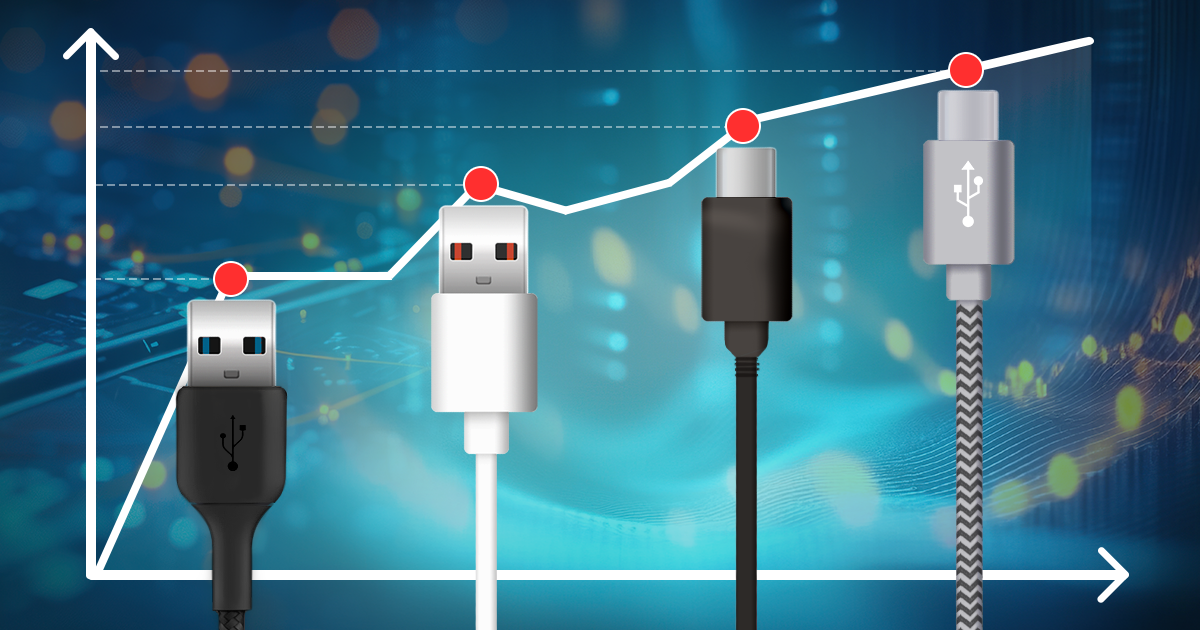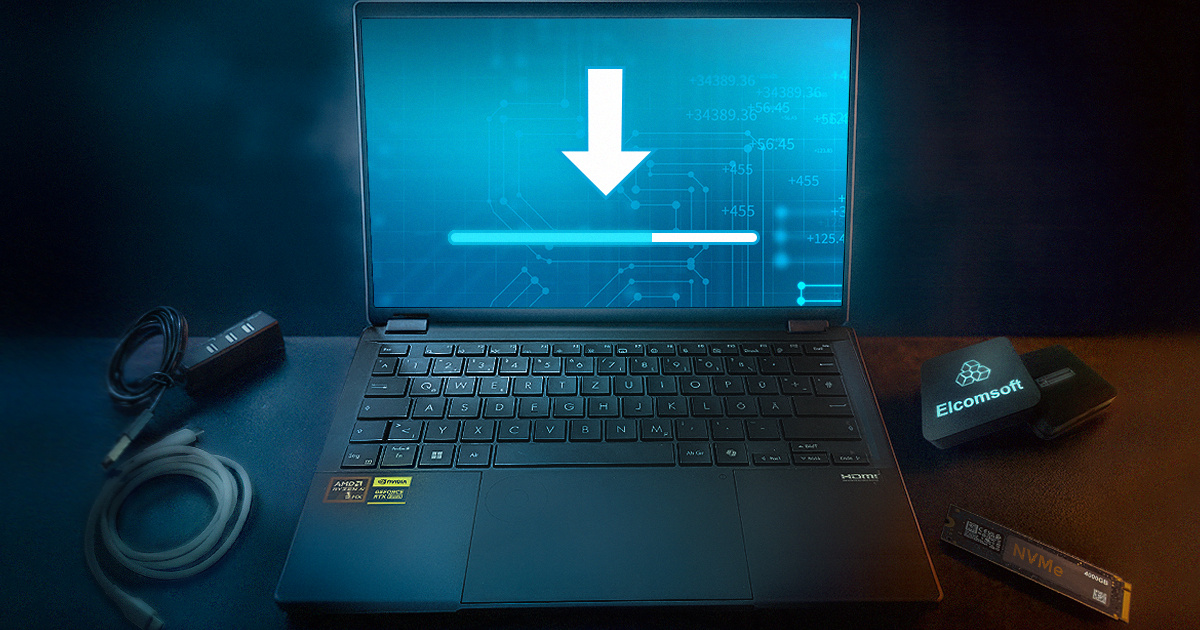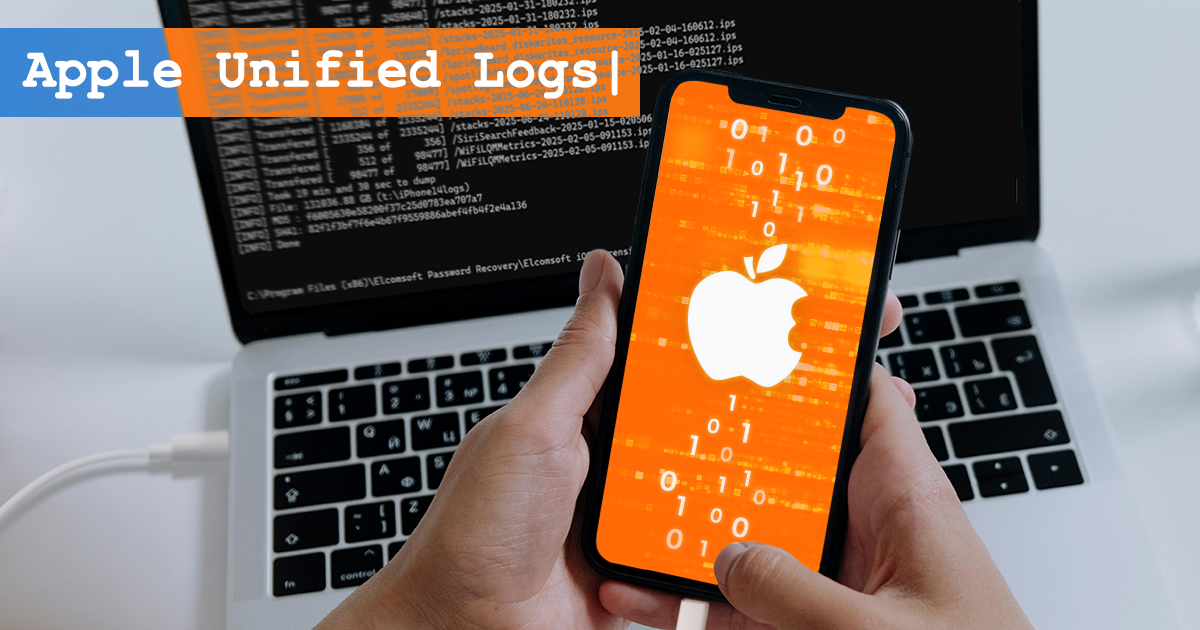The bootloader vulnerability affecting several generations of Apple devices, known as “checkm8”, allows for forensically sound extraction of a wide range of Apple hardware including several generations of iPhones, iPads, Apple Watch, Apple TV, and even HomePod devices. The exploit is available for chips that range from the Apple A5 found in the iPhone 4s and several iPad models to A11 Bionic empowering the iPhone 8, 8 Plus, and iPhone X; older devices such as the iPhone 4 have other bootloader vulnerabilities that can be exploited to similar effect. In this article, we will go through the different chips and their many variations that are relevant for bootloader-level extractions.
With the launch of the Super update of 40-Series NVIDIA GPUs, the company’s product lineup has become quite complex. In the 4070 series alone, four models of the NVIDIA GeForce RTX are available: the original 4070, 4070 Ti, and now also 4070 Super, and 4070 Ti Super. Understanding the differences between these cards and learning which models offer the best price/performance ratio in password recovery jobs are crucial considerations for IT professionals.
The latest update to iOS Forensic Toolkit brought the ability to mount HFS disk images extracted from legacy Apple devices as drive letters on Windows systems. This new capability to mount HFS images on Windows empowers experts to efficiently process and analyze digital evidence extracted from legacy Apple devices on Windows-based computers. This article provides detailed instructions on using the new feature.
When equipping a forensic lab, having a diverse set of tools is extremely important due to their diverse, rarely overlapping capabilities, and the need for cross-checking the results. With that many tools, compatibility is crucial. This is why we went a long way to ensure that any data extracted with our mobile forensic tools can be opened in many popular forensic analysis tools.
In the world of digital forensics, there are various ways to analyze computer systems. You might be familiar live system analysis or investigating forensic disk images, but there’s yet another method called cold system analysis. Unlike live analysis where experts deal with active user sessions, cold system analysis works differently. It’s like a middle ground between live analysis and examining saved images of a computer’s storage. But why and when would someone use cold analysis? What can you do with it, and how does it compare to the usual methods?
This guide covers the correct installation procedure for Elcomsoft low-level extraction agent, an integral part of iOS Forensic Toolkit that helps extracting the file system and keychain from supported iOS devices. This instruction manual provides a step-by-step guide for setting up a device and installing the extraction agent. We’ve included suggestions from troubleshooting scenarios and recommendations we derived during testing.
The first developer beta of iOS 17.3 includes Stolen Device Protection, a major new security feature designed to protect the user’s sensitive information stored in the device and in iCloud account if their iPhone is stolen and the thief gets access to the phone’s passcode. This optional feature could represent a significant change in how Apple looks at security, where currently the passcode is king. At this time, no detailed documentation is available; developers are getting a prompt to test the feature when installing the new beta.
The latest update of iOS Forensic Toolkit brought an all-new Linux edition, opening up a world of possibilities in mobile device analysis. The highly anticipated Linux edition preserves and expands the features previously available to macOS and Windows users. Forensic professionals can now perform advanced logical and low-level extractions with the aid of a custom extraction agent and extract information using the bootloader-level exploit, making forensic analysis more accessible on Linux platforms.
The latest update to the iOS Forensic Toolkit has expanded data extraction support for older models of Apple Watch, introducing low-level extraction capabilities for Apple Watch Series 0, Series 1, and Series 2. In a landscape where new devices are released on a yearly schedule, we stand committed to a balanced approach. While it’s easy for many to dismiss older devices, we recognize their significance as they frequently reappear in the labs of forensic experts. It is important to emphasize that, unlike many, we cater to the needs of experts who have to deal with legacy devices. This enhancement enables macOS and Linux users to delve deeper into these watches, retrieving crucial information such as passwords and complete file systems.
The bootloader vulnerability affecting several generations of Apple devices opens the door to forensically sound extraction. In today’s article we’ll discuss the compatibility and features of this exploit with different devices, iOS versions, and platforms. In addition, we’ll provide security professionals and researchers with valuable insight into potential issues and solutions when working with checkm8.


